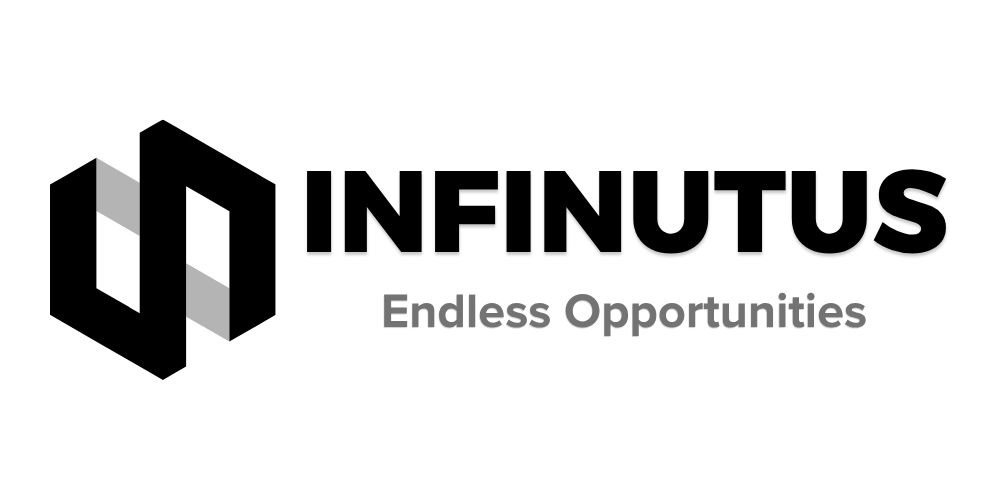
The Power of Targeted Online Ads: Unlocking Potential for Your Business
Targeted online ads stand out as one of the most powerful tools for businesses looking to maximize their reach and ROI (Return on Investment). In this blog, we will explore what targeted online ads are, their benefits, how they work, and how your business can harness their potential to drive growth and success.




